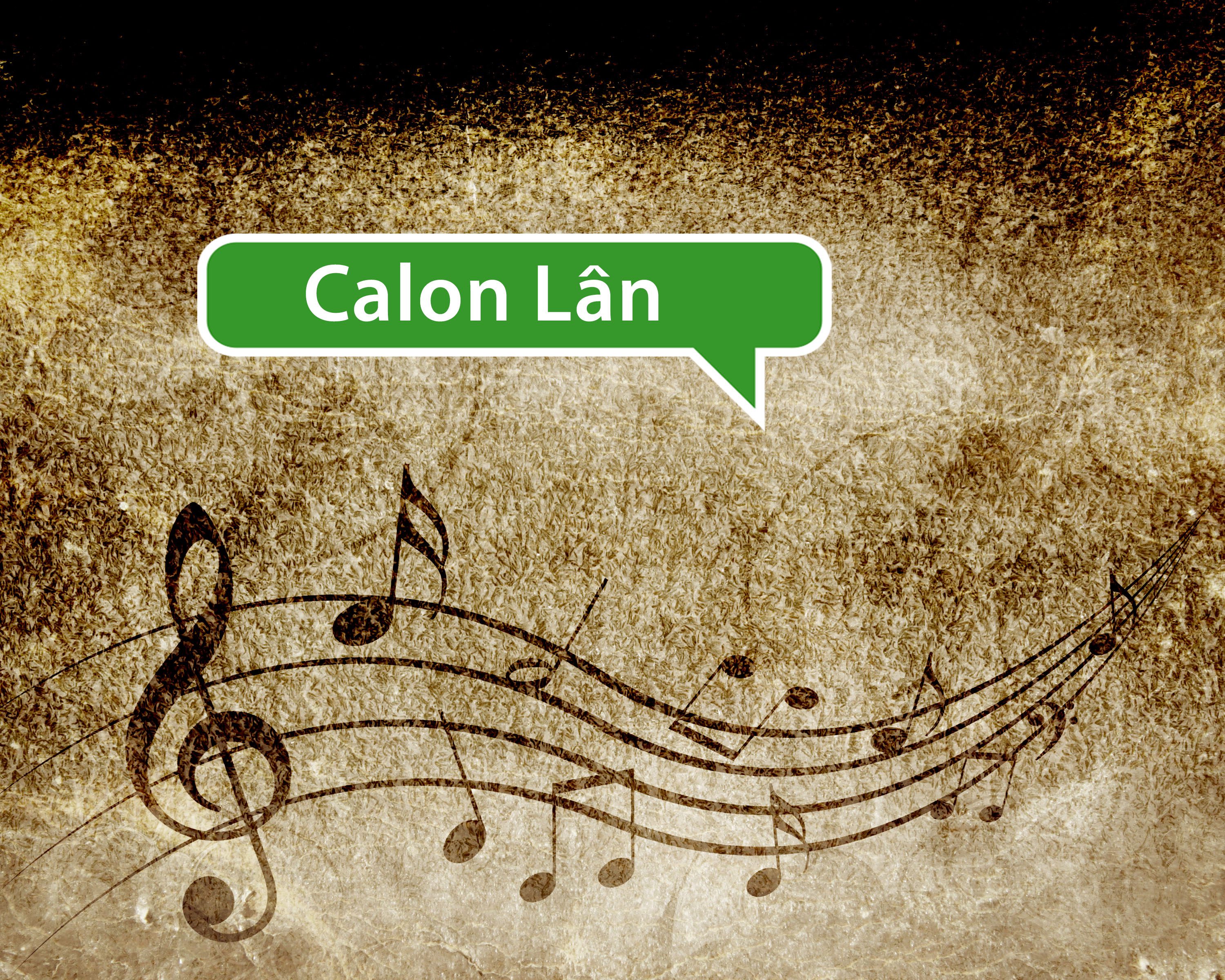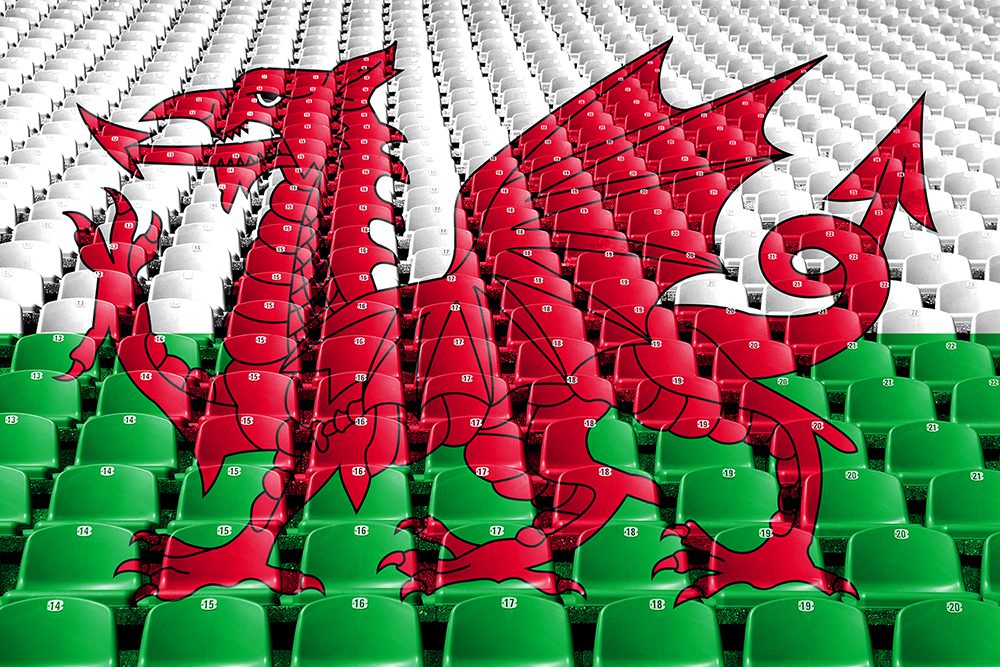Calon Lân, the Welsh Hymn which became a rugby anthem
You can learn the first verse and the chorus of Calon Lân in two half hour lessons with our free mini course!
- Master and understand the beautiful words of Calon Lân
- Become more deeply connected with the words than ever before by making them part of you.
- Experience a radical new way of learning and witness the remarkable power of your own brain

Lessons
Lesson 1
Lesson 2
On the 12th March 1881 Cardiff beat Llanelli in the fourth South Wales Challenge Cup Final. On that exact same day an historical meeting was held at The Castle Hotel, Castell-nedd to consider the question of establishing a Welsh Rugby Union.
Representatives of eleven Welsh clubs attended that momentous meeting – Llanelli, Llanbedr Pont Steffan, Llandeilo, Caerdydd, Casnewydd, Merthyr, Llanymddyfri, Aberhonddu, Pontypool and Bangor. Following much positive discussion, it was proposed that a Welsh Rugby Football Union be formed.
Life seemed to be a constant challenge for James – as well as battling poverty he was a father and stepfather to many children and was sadly widowed twice. His latter years saw him not only battling health problems but also bearing the weight of losing one of his sons.
It may be of little surprise that Daniel James could often be seen easing the dreariness of life at the local tafarn [inn]. It is said that he was rather too fond of drinking and often spent his free hours roosting in his own special chair at the King’s Head, Treboeth, marinated in beer.
It is surprising that James could afford any beer at all, but labouring wasn’t his only source of income – he also had a passion for poetry.
He was instructed in the art of Welsh poetry by D.W. Thomas, an elder at Mynyddbach Chapel who saw some potential in him. James quickly became proficient and started writing poems under the pseudonym Dafydd Mynyddbach, which he later changed to Gwyrosydd.
He was a popular poet whose songs and verses often earned him beer money from eager audiences at the King’s Head.
It is believed that James wrote the words to Calon Lân on the back of a cigarette packet in a tafarn in the 1890s. It was later put to music by the Welsh composer Landore John Hughes and is rumoured to have been performed for the first time at the Blaengarw Hotel. Though over the years this beautiful hymn has been sung to four different tunes, that of John Hughes remains the most popular.
What others are saying
SSi is an excellent way to build confidence. It gets you speaking and really works! I’m very grateful to them.Leanne WoodFormer Leader of Plaid Cymru
I’m on a four-month trip to Central America and about 95% of the Spanish I’m using here came from SSi.Rachel HealyCosta Rica
The SSi approach flies in the face of established language learning theory and method – and yet, it works!Tess FitzpatrickHead of Applied Linguistics Swansea University



